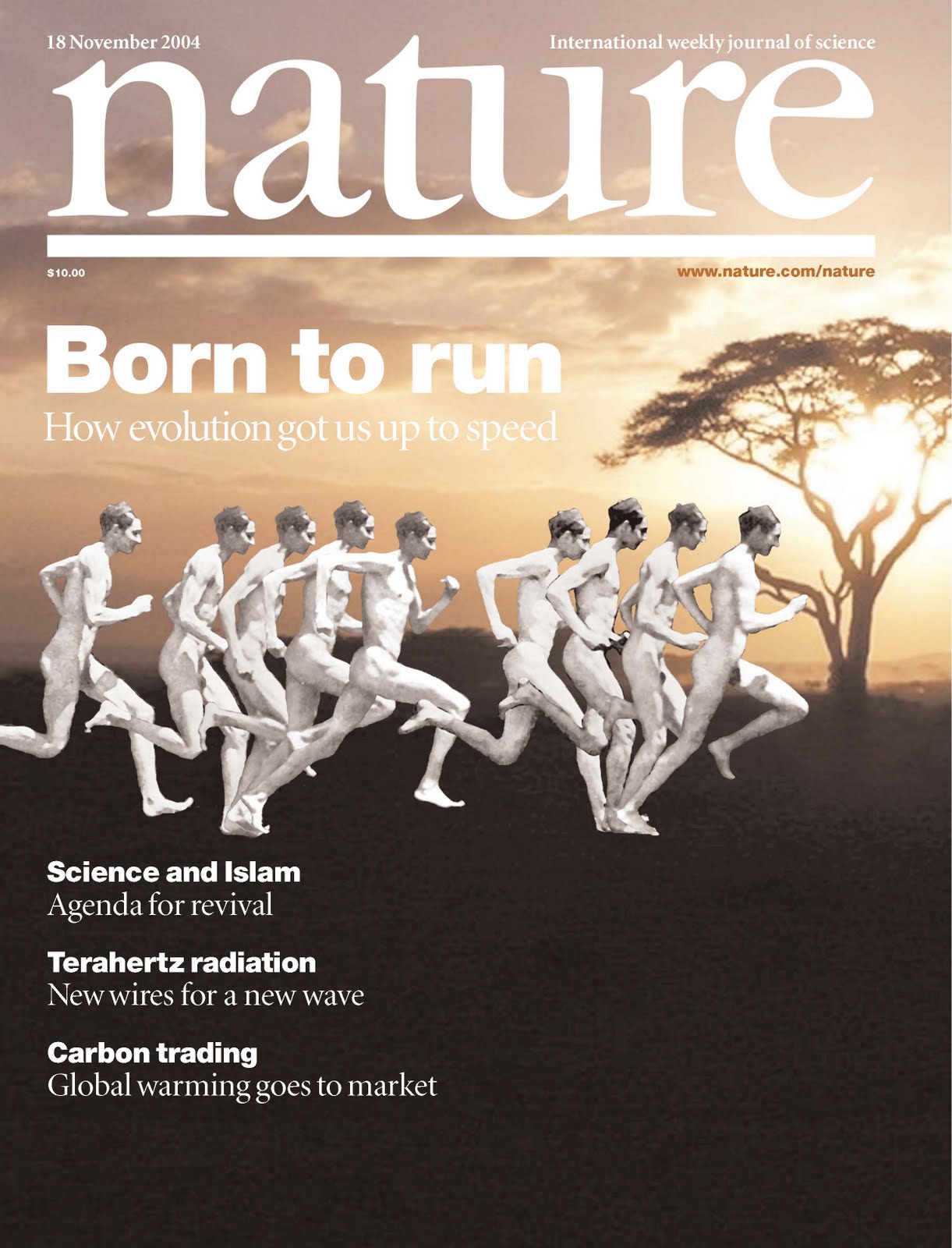BEFORE CLASS: BACKGROUND AND PREPARATION
-
Preview text chapters, lab manual, Powerpoint
presentations, web resources
-
Print out handouts for this section of course
-
Get Body Smart Nervous System section [link]
-
Check out "Neuroscience for Kids" website--it's
the best! [link]
-
See animation on vertebral column regions [link]
[need Martini text website access--link]
-
Nervous System Worksheet--do at home! [Word
download]
|
| GOALS |
PRESENTATIONS |
ACTIVITIES |
- Visualize relationship between vertebral column
and spinal cord
- Understand functional roles of vertebral column
and spinal cord
|
Nervous System I: Organization of Peripheral
Nerves, Spinal Cord, Vertebral column
|
Anatomy of vertebral column and axial skeleton
|
- Establish basic function of nervous
system--sensory and motor modalities
|
Nervous System II: Spinal cord, meninges, autonomics
|
Spinal cord--fetal pig and cadaver
Spinal Cord Histology--microscope slides
Touch Experimental Lab
|
| WEB RESOURCES "Neuroscience for Kids" website--it's
the best! [link]
BBC Interactive Body Games--try the
nervous system [link]
Get Body Smart Nervous System section [link]
|
| DETAILED LEARNING OBJECTIVES
Vertebral column
- Know anatomy of individual vertebrae and
regions of vertebral column--cervical, thoracic, lumbar, sacral
- Understand formation of vertebra,
intervertebral discs and relationship to notocord during embryonic
development
- Visualize in three dimensions the
relationship between vertebral column, spinal cord and spinal nerves
- Know which vertebrae bear ribs and the
anatomy of the joints/articulations between vertebrae and ribs
Spinal cord
- Visualize in three dimensions the
relationship between vertebral column, spinal cord and spinal nerves
- Understand what kinds of neurons make up
a spinal nerve. Appreciate the scale, size, and number of neurons
in each spinal nerve
- Analyze how spinal cord and spinal
nerves show basic organization of nervous system: two
modalities--sensory and motor; two types of destinations--somatic and
visceral--each with distinct neuron configuration
|




